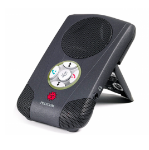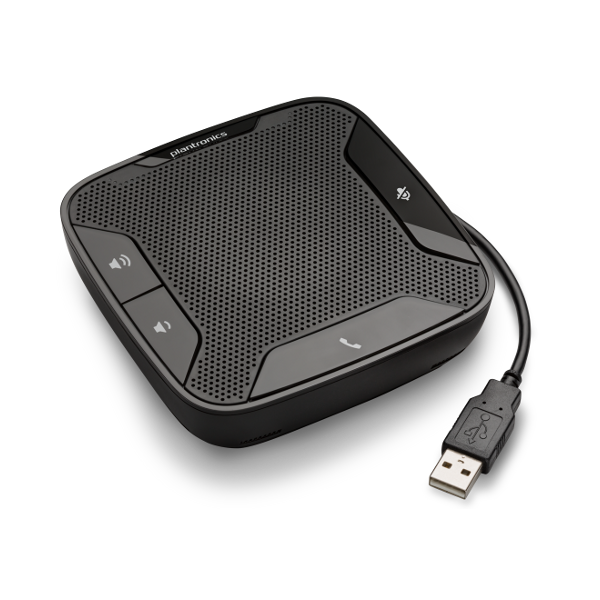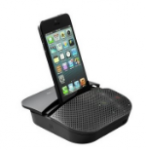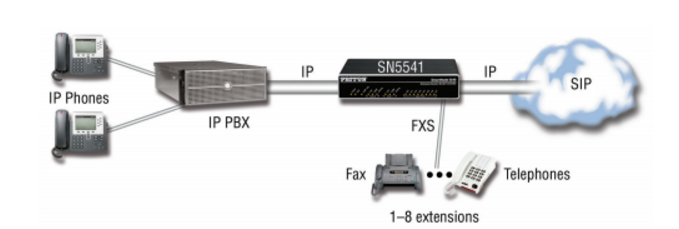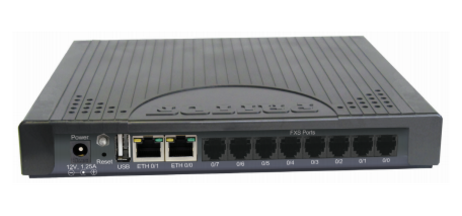How VoIP Transforms Small Hotel Businesses into Big Players
The hospitality industry is extremely competitive when it comes to pricing and services. Especially when customers can get all the information with just a few swipes or clicks on their smartphones and compare you and your competitors side-by-side within minutes.
That being said, how to stand out within that space has become a big topic. You might also be thinking that there’s no way you can achieve this without it costing your business a pretty penny……or is there? What if I told you there’s a way to be more competitive and save more? Let’s check out how VoIP not just reduces your costs but also generates more revenue for your hotel business!
Reduce Costs
Reduce Expansion Costs – VoIP networks reach anywhere with an Internet connection, therefore, when a hotel needs to add a new unit such as a fitness center or a dining area, no extra installation or cabling will be needed. You will also save a lot of trouble and money without closing the location or disturbing your guests for additional installation or maintenance.
Cut Infrastructure Costs – traditional hotels require separate networks to process telephones and data which involves extra costs of installing, wiring as well as the costs of management and maintenance. VoIP uses an existing data network, therefore, eliminating the need for separate networks and too much wiring. Besides, your VoIP service provider will be responsible for maintaining the infrastructure in the cloud, so you can save on the maintenance costs and the cost of hiring IT staff!
Lower Off-site Communication Costs – VoIP Service collects everything under one roof even when you are on the road. Because VoIP call rates are usually fixed regardless of the distance, you will be able to save costs on traveling and long-distance call rates and easily manage group communications from a single source.
Increase Revenue
Guest Phones – By providing your guest more paid communication services, your hotel can open up more business opportunities and generate additional revenue. For instance, VoIP allows you to offer your guests voicemail services, instant messaging, outbound calling, etc.
Customer Satisfaction – In the long run, VoIP service will improve your customer satisfaction and indirectly boost your overall revenue. Ex: Lower customer wait-time by using customized call routing on an inbound number and caller ID.
By integrating your VoIP system with your CRM system, you can also get access to guest information right from the same system, speeding up check-in/out process time and also process special requests such as taxi pickup notification and wake-up calls with more efficiencies. In this way, you can improve convenience and increase customer loyalty.
Effective Communication – VoIP service comes with a lot of useful features such as Find Me/ Follow Me, Call Parking, IM, and advanced analytics which enables effective and efficient staff communications and management. Through the bring your own device (BYOD) solution, your staff can use their smartphones, laptops, or other devices when making calls or sending messages. With VoIP call features, your hotel will be more responsive to customer inquiries and resolve any issues in real-time.
These are just some of the benefits you can enjoy from deploying a VoIP system. VoIP is very flexible and has a lot of potentials. To learn more about how VoIP can help you achieve your business goals, contact one of our dedicated VoIP experts at 1-800-398-8647 today!

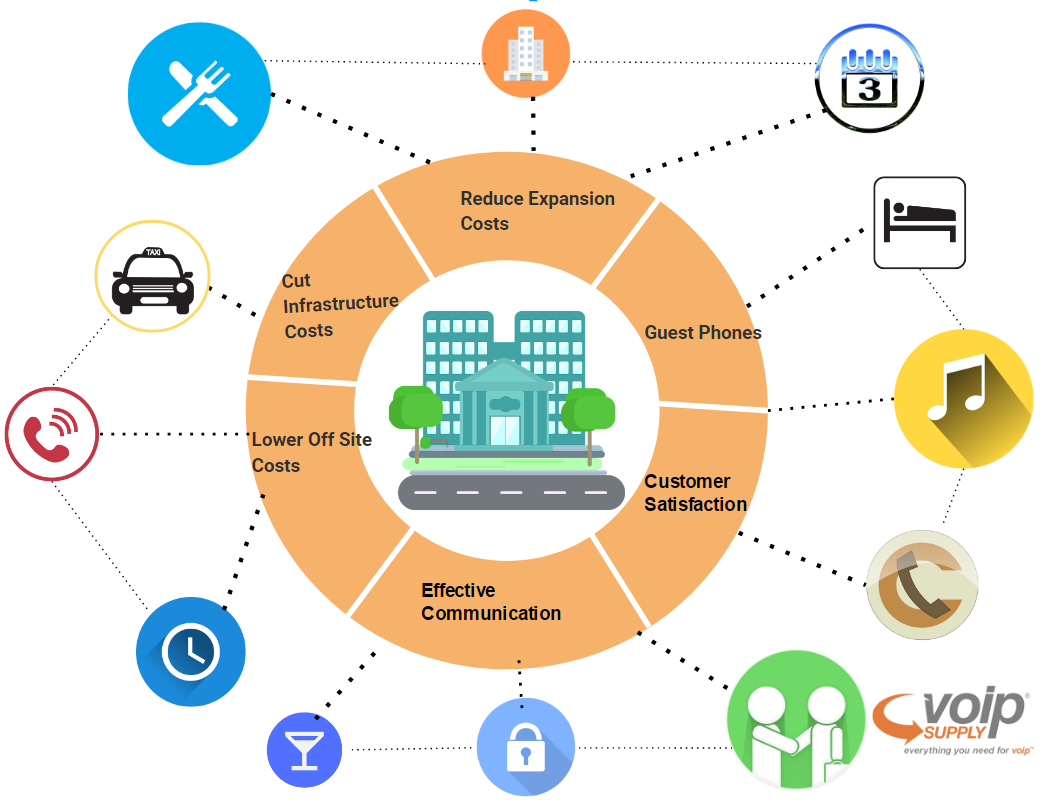
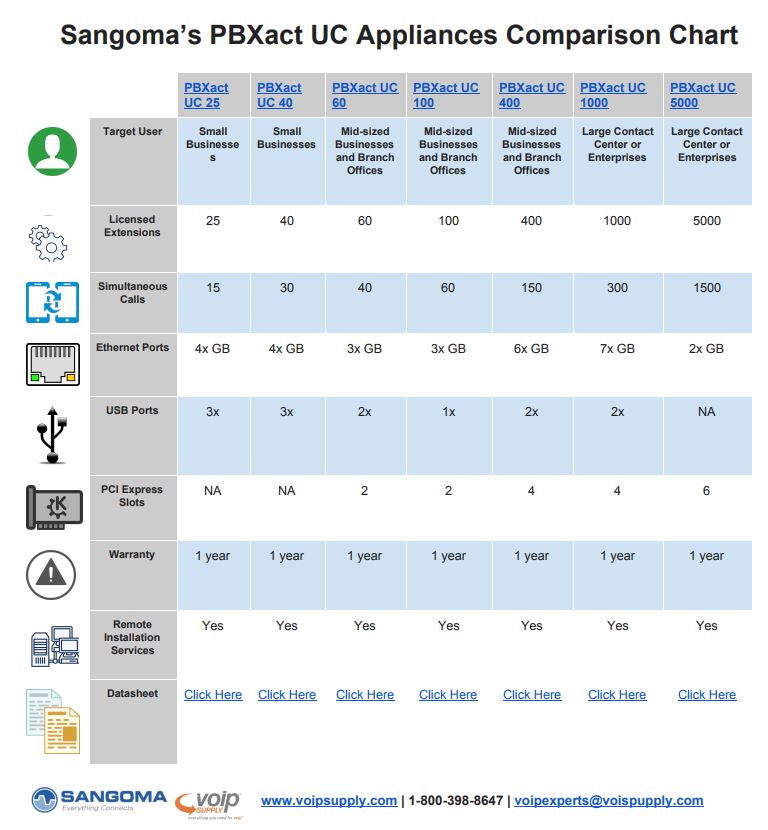
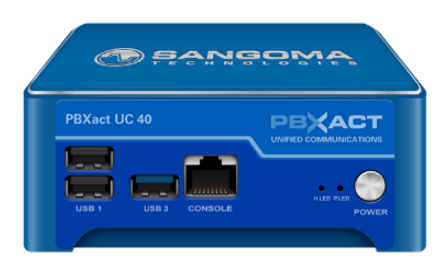
 The PBXact UC 100
The PBXact UC 100

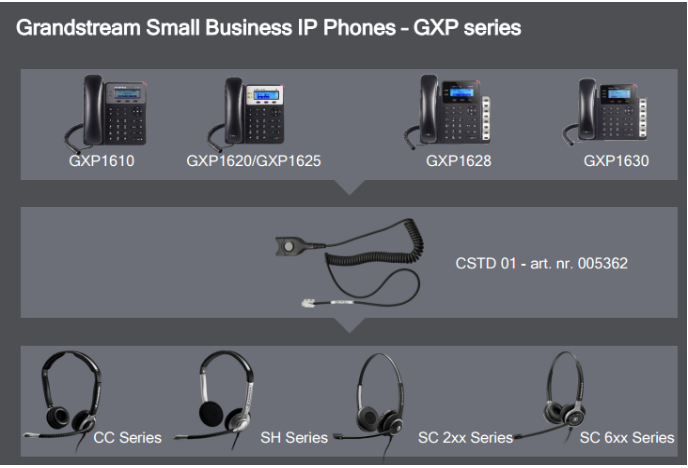
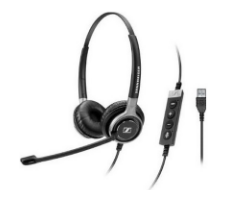 You will need
You will need 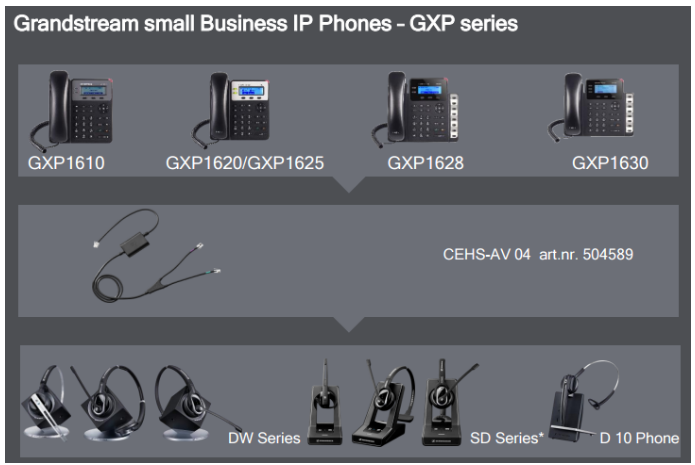
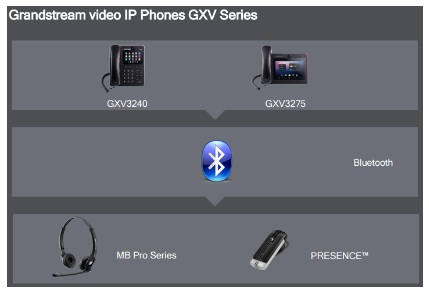
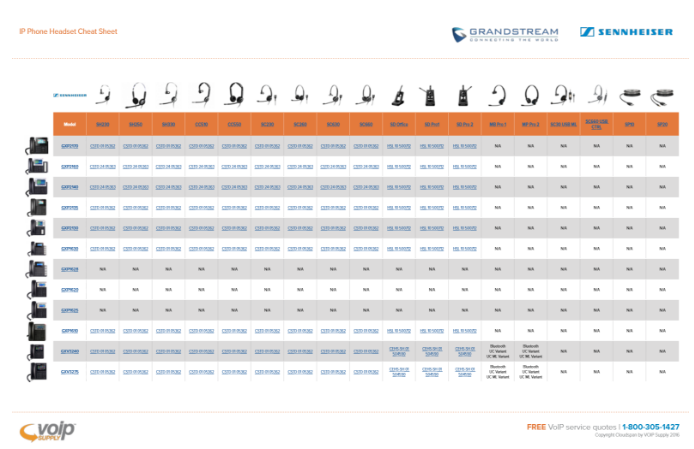
 Being a finalist for the Buffalo Niagara Ethics Association, VoIP Supply demonstrates achievement in displaying and honoring the importance of business ethics. Thank you to Buffalo Niagara Business Ethics Association for selecting VoIP Supply as a finalist. We are proud to be an ethical business and look forward to bringing good influence to the region!
Being a finalist for the Buffalo Niagara Ethics Association, VoIP Supply demonstrates achievement in displaying and honoring the importance of business ethics. Thank you to Buffalo Niagara Business Ethics Association for selecting VoIP Supply as a finalist. We are proud to be an ethical business and look forward to bringing good influence to the region!
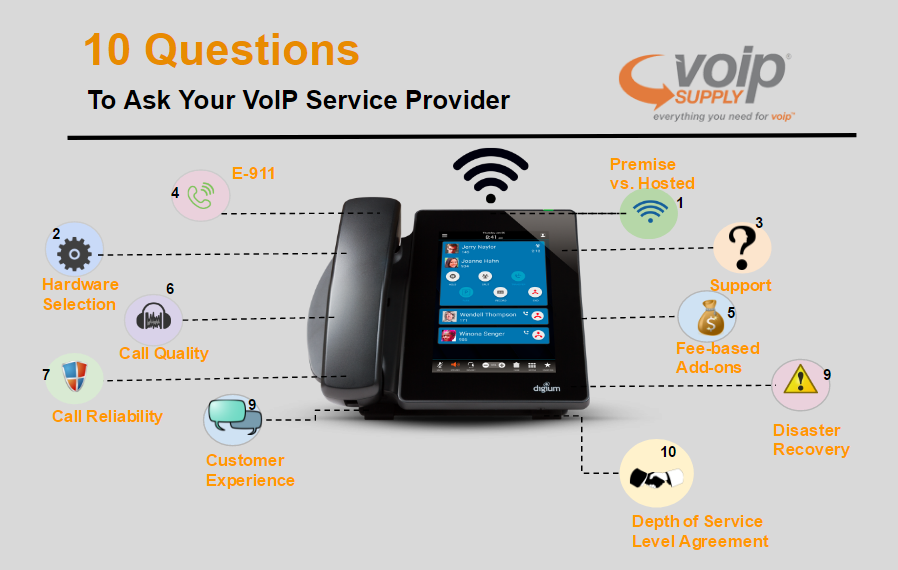 Choosing a VoIP service provider is not an easy task. To select the right VoIP service that you won’t regret, you will have to answer some questions regarding your application such as calling habits, your location, your budget, and the knowledge of your technical staff. Let me share with you the 10 must-ask questions you need to know when selecting a VoIP service provider!
Choosing a VoIP service provider is not an easy task. To select the right VoIP service that you won’t regret, you will have to answer some questions regarding your application such as calling habits, your location, your budget, and the knowledge of your technical staff. Let me share with you the 10 must-ask questions you need to know when selecting a VoIP service provider!

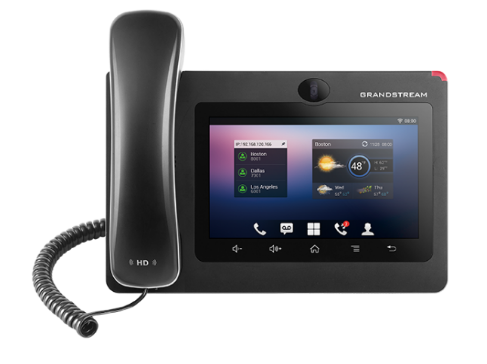

 #1 Plantronics Calisto 7200
#1 Plantronics Calisto 7200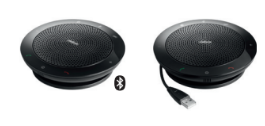 #2 Jabra SPEAK 510+ UC
#2 Jabra SPEAK 510+ UC #3
#3 

